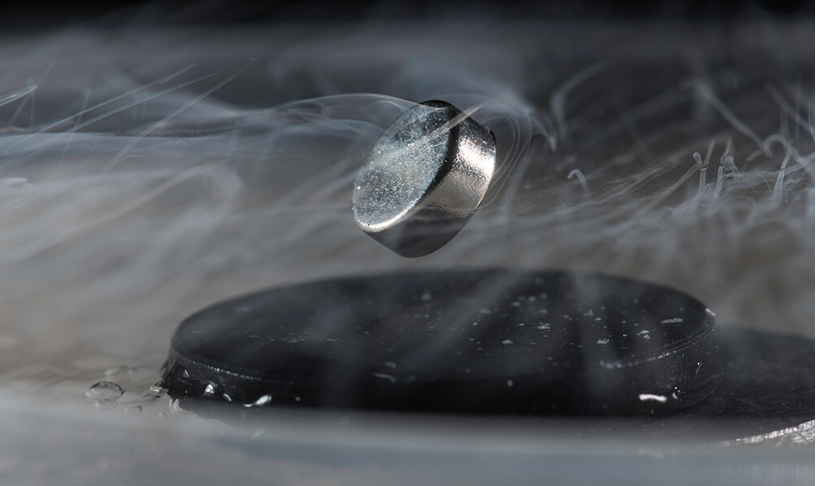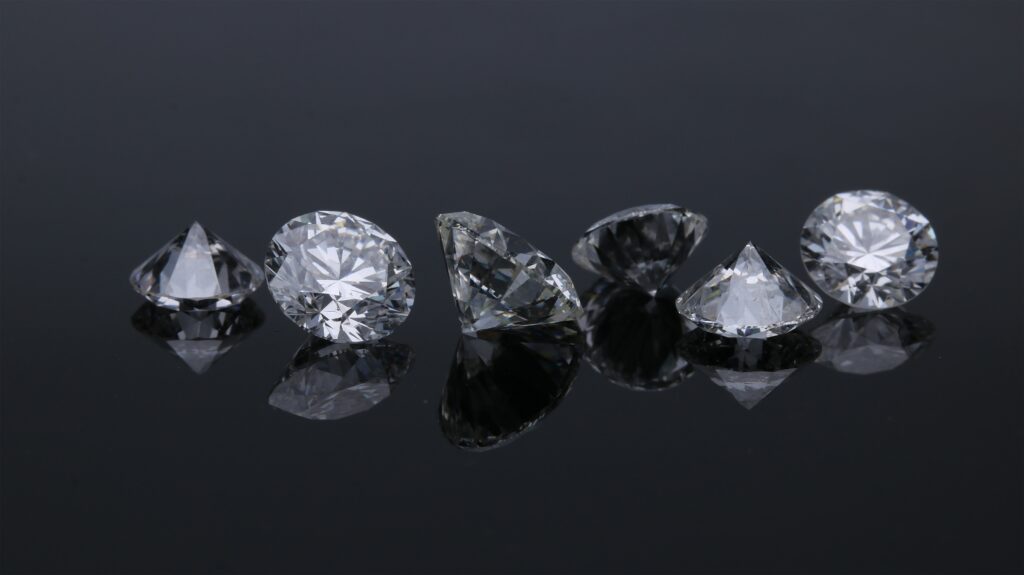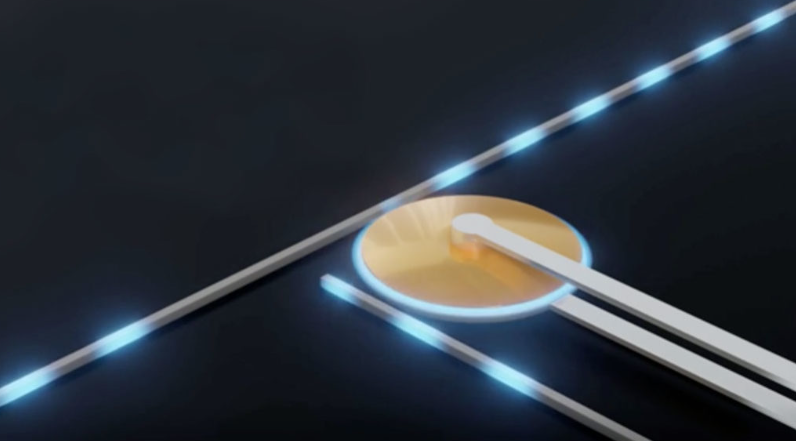First superconductor at room temperature? Possible?

It’s here: Scientists have reported the discovery of the first room-temperature superconductor, after more than a century of waiting, the find conjuring dreams of futuristic technologies that could reshape electronics and transportation. Superconductors transmit electricity without resistance, allowing current to flow without loss of energy, but all previously discovered superconductors must be cooled, many to very low temperatures, making them impractical for most uses.
Now, scientists have found the first superconductor that works at room temperature, at least in a fairly cold room. The material is superconducting at temperatures below 15° Celsius (59° Fahrenheit), however the new material’s superconducting superpowers appear only at extremely high pressures, limiting its practical utility.

The superconductor was formed by squeezing carbon, hydrogen and sulfur between the tips of two diamonds and striking the material with laser light to induce chemical reactions. At a pressure of about 2.6 million times that of Earth’s atmosphere and temperatures below 15°C, electrical resistance vanished.
Superconductors and magnetic fields are known to collide: strong magnetic fields inhibit superconductivity, indeed, when material was placed in a magnetic field, lower temperatures were needed to make it superconducting. The team also applied an oscillating magnetic field to the material and showed that when the material became superconducting, it ejected that magnetic field from within, another sign of superconductivity.

The scientists were unable to determine the exact composition of the material or how its atoms are arranged, making it difficult to explain how it can be superconducting at such relatively high temperatures. When superconductivity was discovered in 1911, it was only found at temperatures near absolute zero (−273.15 °C), but since then, researchers have steadily discovered superconducting materials at higher temperatures. In recent years, scientists have accelerated that progress by focusing on high-pressure hydrogen-rich materials.
If a room-temperature superconductor could be used at atmospheric pressure, it could save vast amounts of energy lost to resistance in the electrical grid, and could improve current technologies, from MRI machines to quantum computers to maglev trains. Until now, scientists have created only tiny specks of the material under high pressure, so practical applications are still a long way off.





Responses